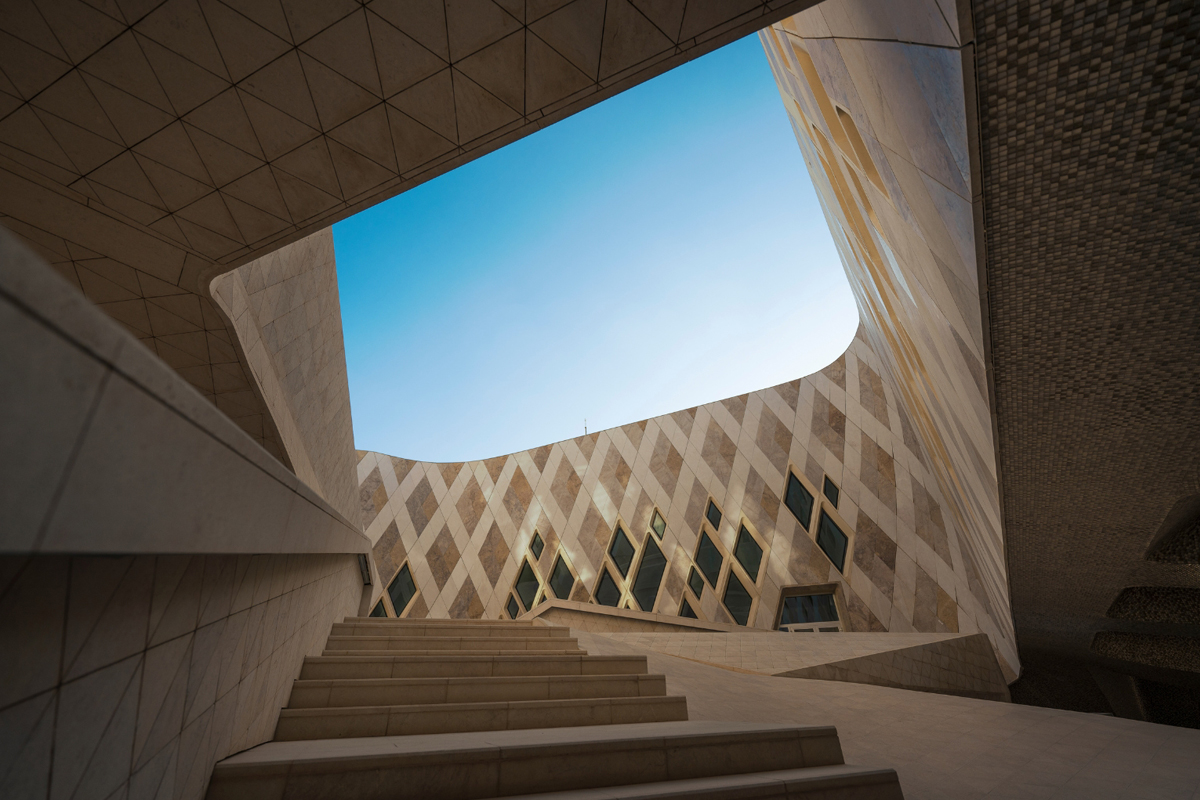
It’s a challenge many businesses face, how do you balance a sleek, modern website design with the structured, keyword-rich content that helps your site rank? In 2025, that line is thinner than ever. Google is getting smarter, and users are more design-conscious. Fortunately, it’s possible to create a site that’s both beautiful and search-friendly. It starts with understanding that SEO and design don’t have to compete, they should complement each other.
Let’s break down how to achieve that blend without losing conversions, rankings, or visual appeal.
Think Content Hierarchy First, Then Style
Modern web design is clean and minimal, but minimal doesn’t mean empty. Your content still needs structure:
- Headline (H1) with a clear keyword
- Subheadings (H2, H3) that support readability and SEO
- Short, skimmable paragraphs that work on mobile
- Bullet points and icons for key takeaways
- Embedded CTAs that feel like part of the design
Plan the message first. Once the copy has structure, your design elements, like spacing, font choices, and imagery, can elevate it instead of cover it up.
Use Visual Design to Support (Not Replace) the Copy
Your site can’t rely on visuals alone to tell the story. Design should guide attention, not become the message:
| Design Feature | SEO-Friendly Approach |
|---|---|
| Hero sections | Keep text overlayed on images crisp and crawlable |
| Icons & graphics | Pair with alt text and short copy for accessibility |
| Animation or sliders | Use sparingly and never for critical content |
| Video embeds | Support with transcriptions or summaries |
When a design masks your copy or pushes it below the fold, you risk missing out on both SEO performance and user clarity.
Use CSS and Layouts That Embrace, Not Hide, SEO Copy
There’s a big difference between designing around content and designing to hide it. Accordion tabs, collapsible content, and hidden mobile sections are often used to keep layouts clean, but Google isn’t fooled.
- Avoid burying key content inside accordions unless necessary
- Make sure text is rendered in HTML, not baked into images or animations
- Choose responsive layouts that adjust, not remove, content blocks on mobile
Your developer and designer should work alongside your SEO team, not against it.
Balance White Space With Keyword Placement
Clean design doesn’t mean sparse content. Use white space to your advantage, giving breathing room between:
- Headlines and supporting text
- Paragraphs and imagery
- CTAs and forms
Then, weave keywords naturally into headings, intro blurbs, captions, and anchor text. When you plan placement from the start, SEO copy doesn’t have to feel forced or cluttered.
Build With Blocks That Scale and Convert
Modern design often uses block-style layouts, reusable sections that stack cleanly on any device. This is a win for SEO and UX:
- Service sections with icons, H3 headers, and 2–3 lines of optimized copy
- Testimonial sliders with crawlable text instead of image quotes
- Content blocks with visuals on one side and SEO copy on the other
- Callout boxes that highlight location, services, or trust signals
These blocks keep your copy from getting lost while giving designers the flexibility to make the site visually strong.
Make Style a Reflection of Your Brand and Message
Sometimes the biggest clash between SEO and design comes from a lack of brand clarity. If your voice, value proposition, and design goals aren’t aligned, it creates tension between what’s said and how it looks.
Instead of letting design trends dictate everything, start with:
- What your customer needs to understand in the first 5 seconds
- What differentiates your business from competitors
- What tone supports your audience—formal, conversational, playful?
From there, blend tone-appropriate visuals and on-brand SEO copy into a single experience.
Modern websites can absolutely rank and convert, without stuffing keywords or sacrificing elegance. The trick isn’t to choose between SEO and design. It’s to ensure your content strategy is baked into the design from the first wireframe.
Your content and layout should work hand-in-hand. The words should carry weight, the design should support the message, and the user should always know what to do next.
Need a Website That Looks Great and Ranks Well?
We help Florida businesses build websites that strike the perfect balance between visual style and SEO performance. If your current site isn’t getting traffic or converting visitors, it may be time for a smarter approach to design and content.
Let’s build a site that performs as well as it looks.

